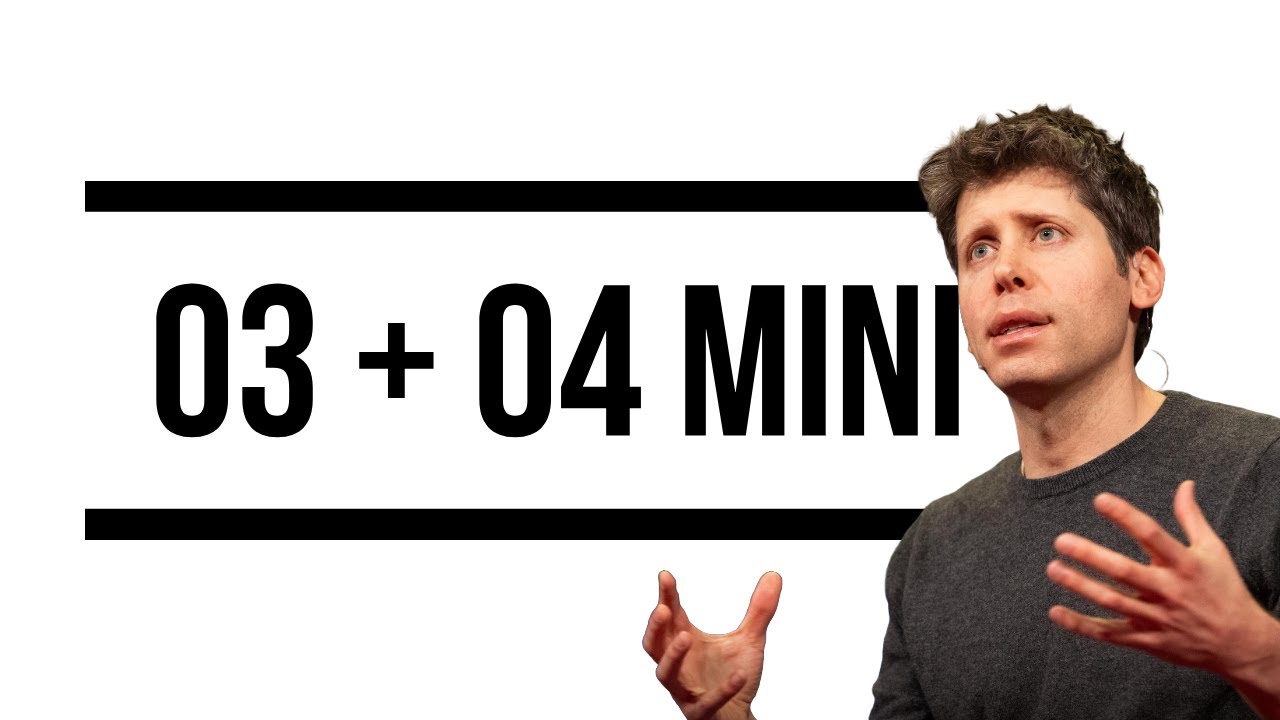In the video, the speaker discusses OpenAI’s new models, O3 and O4 Mini, acknowledging their improvements over previous versions but expressing skepticism about the hype surrounding them, as they still exhibit notable errors and limitations in reasoning. The speaker emphasizes the need for tempered expectations and critical evaluation of AI claims, highlighting that while progress has been made, these models do not yet achieve artificial general intelligence (AGI).
In a recent video, the speaker discusses the release of OpenAI’s new models, O3 and O4 Mini, which have generated significant hype in the AI community. While acknowledging that these models are indeed improvements over previous versions, the speaker expresses skepticism about the extent of the hype, suggesting that early access is often granted to individuals likely to promote the models enthusiastically. The speaker emphasizes that while O3 and O4 Mini are better than earlier iterations, they do not reach the level of artificial general intelligence (AGI), as they still make notable errors and exhibit limitations in reasoning.
The speaker provides examples of the models’ shortcomings, such as miscalculating the number of intersections between lines and making basic logical errors. They argue that true AGI would require a model to outperform the average human across a wide range of tasks, which O3 and O4 Mini do not consistently achieve. Despite some impressive performances in knowledge and coding tasks, the speaker believes that the models still struggle with common sense reasoning and contextual understanding, which are critical for AGI.
Benchmark results are shared, highlighting the performance of O3 and O4 Mini compared to competitors like Gemini 2.5 Pro and Claude 3.7. The speaker notes that while O3 performed well in certain benchmarks, it did not outperform Gemini 2.5 Pro in all areas, particularly in cost-effectiveness. The speaker also points out that O3 and O4 Mini are not hallucination-free, contradicting claims made in promotional materials, and that they still make significant errors in reasoning.
The video also touches on the models’ capabilities, such as their large context windows and the ability to output extensive text. However, the speaker raises concerns about the models’ training data and the implications of their performance on complex tasks. They mention that while O3 has made strides in certain benchmarks, it still falls short in others, and the hype surrounding its capabilities may not be entirely justified.
In conclusion, the speaker acknowledges the progress made by OpenAI with O3 and O4 Mini but urges viewers to temper their expectations and critically evaluate the claims being made about these models. They emphasize the importance of understanding the limitations of AI and the need for responsible scaling policies to prevent potential misuse. The video serves as a reminder to remain cautious about the hype surrounding AI advancements while recognizing the genuine improvements being made in the field.
